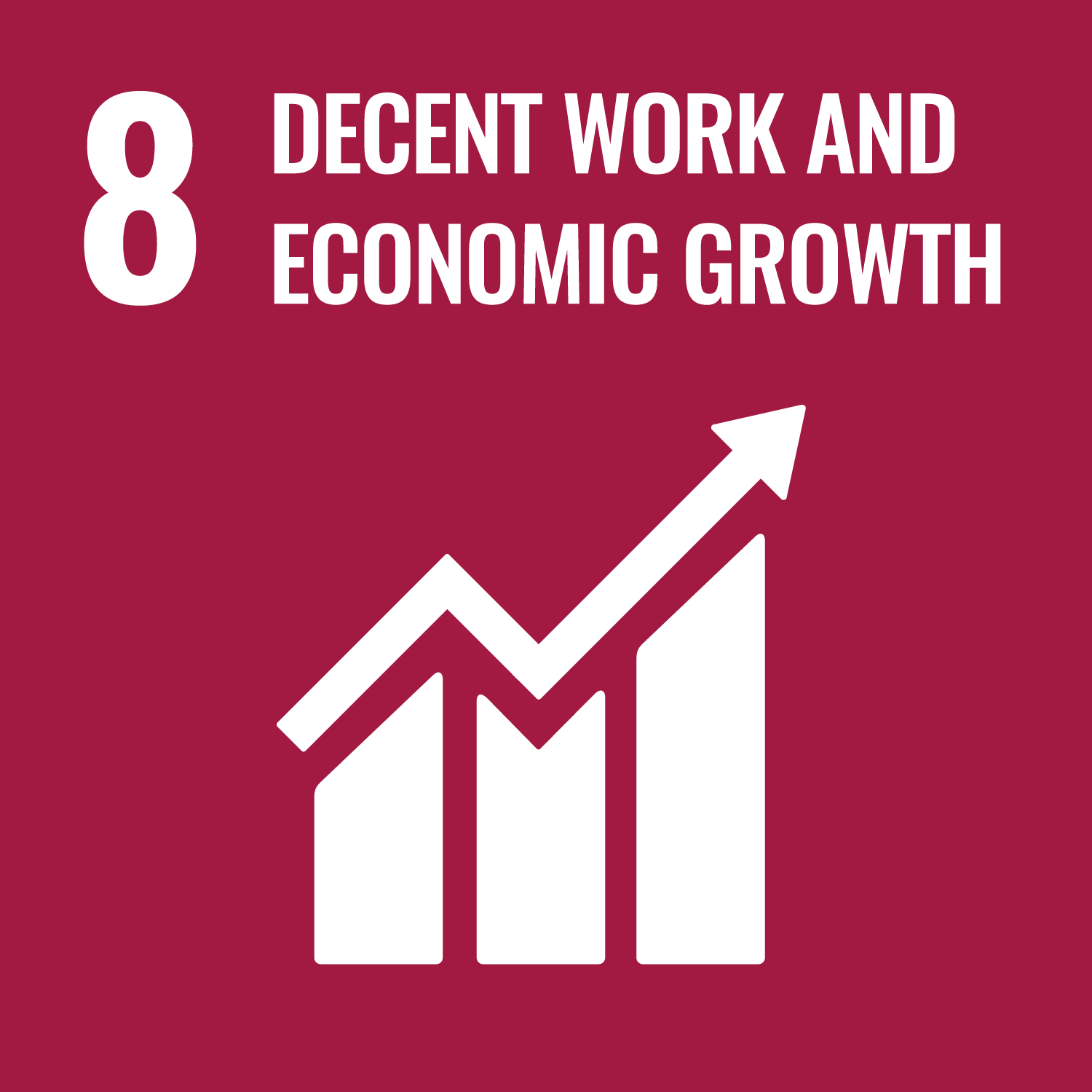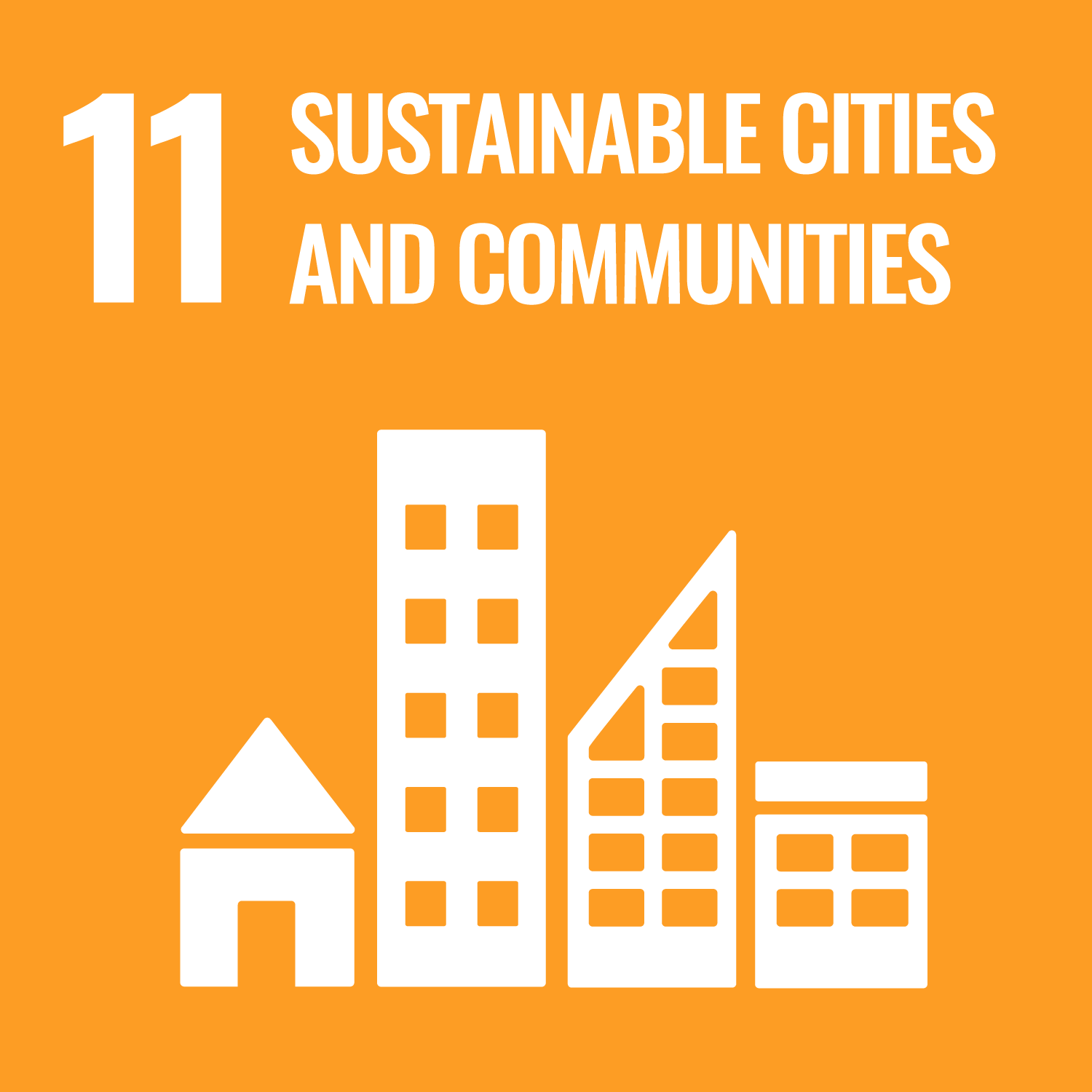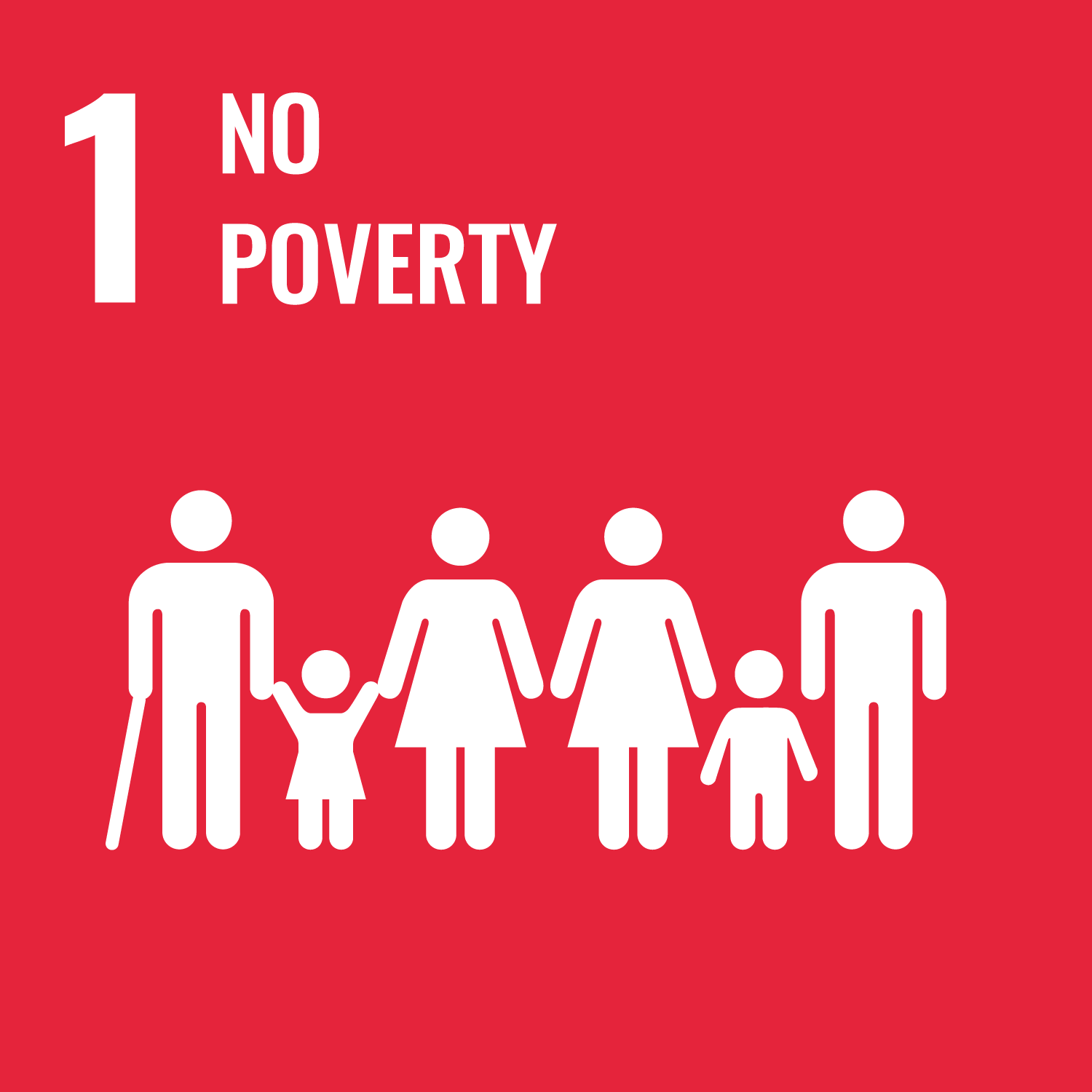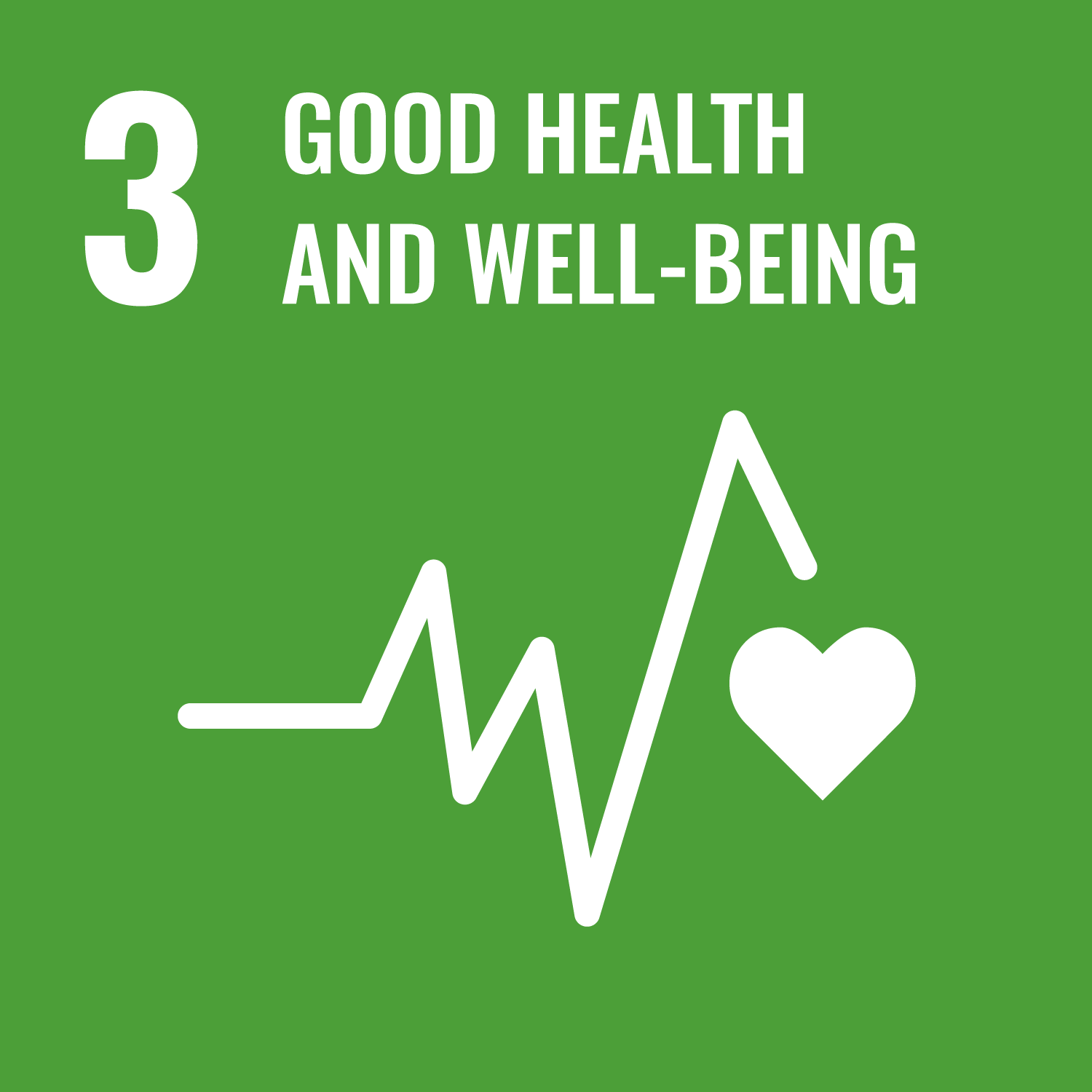Appendix 4 - Transit and Equity
Transit and Equity
Transit is a fundamental public service, one that we should all have the opportunity to benefit from, regardless of age, race, income level, and mobility needs. A robust transit system has the ability and is the key ingredient to improving the quality of life for all Nova Scotian’s, arguably it could be considered a civil right.
Transit needs to be accessible and effective not just in the urban core, but in suburban and rural areas across the province. The current transit system is unreliable, infrequent, unaffordable or non-existent for most people and parts of Nova Scotia. Low-income, disadvantaged, marginalized communities are especially disconnected and effected by the lack of good public transit. Transit increases youth retention and allows for older people to age in place with dignity.
Transit has significant and diverse equity impacts:
Access to employment opportunities Access to quality education
Access to health care services
Access to healthy and affordable food
Access to economic, social and recreational opportunities
Affect development location, type and land value, and therefore housing accessibility and affordability
Public Transit directly impacts all of the United Nations Sustainable Development Goals, which are considered “the blueprint to achieve a better and more sustainable future for all” (United Nations, 2020). Seven of these goals shown here directly effect equity. LWT will work with each region of Nova Scotia to build transportation system designed for all ages and abilities that connects urban, rural, and suburban areas across Nova Scotia.







